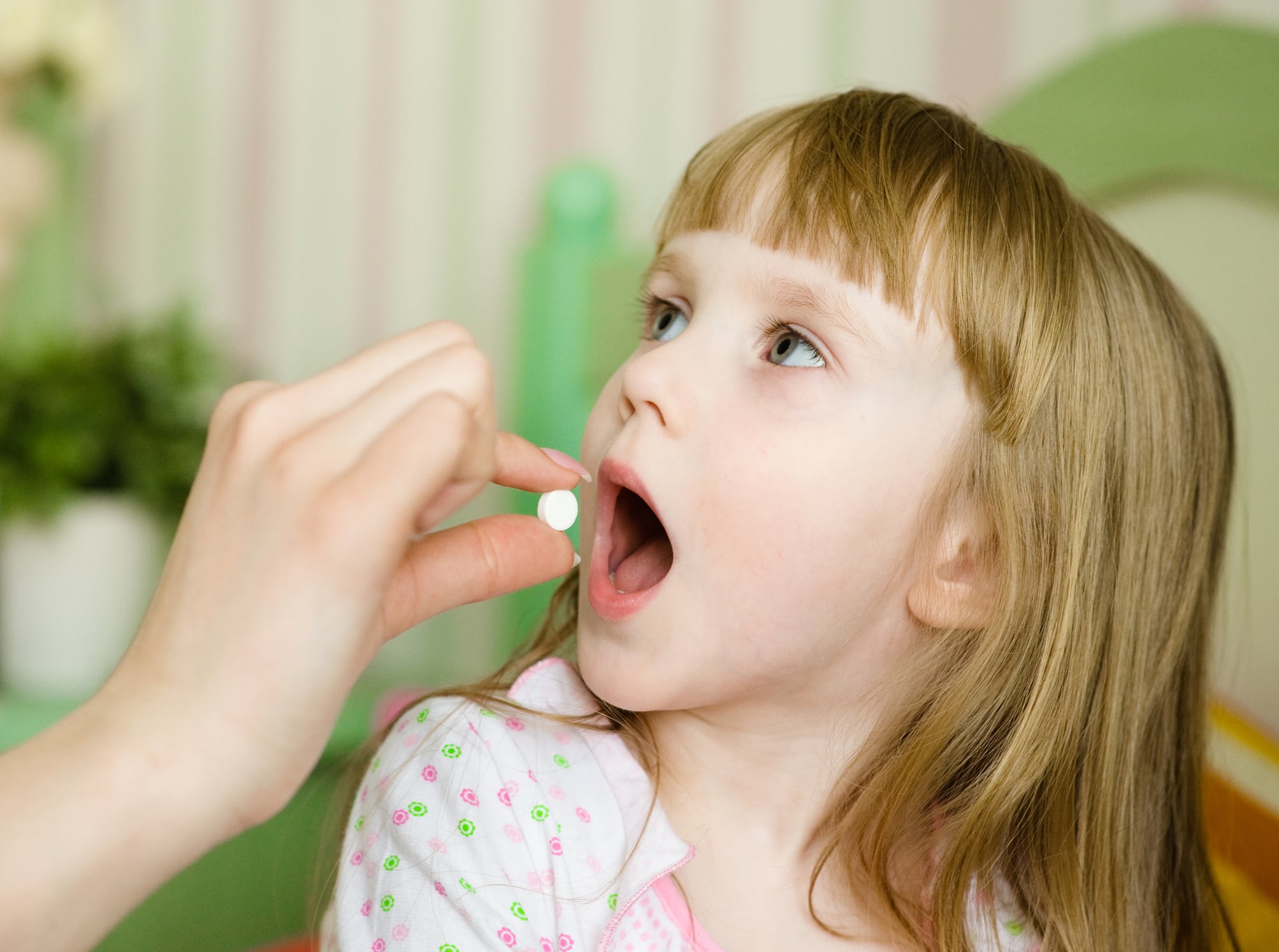Iron deficiency (ID) is the most common micronutrient deficiency globally, with children at particular risk.2
Prior meta-analyses have established that paediatric oral iron supplementation is safe and effective for reducing anaemia. Consequently, WHO recommends three months annually of daily oral iron supplementation for children aged 6 months to 12 years living in regions with a high burden of anaemia. However, the 2016 WHO guidelines call for further research to identify the optimal schedule, duration, dose and co-supplementation regimen.
The current systematic review and meta-analysis adds to previous meta-analyses of paediatric iron supplementation by using meta-regression to compare the effect sizes of randomised controlled trials with different schedules, durations, doses and co-supplementation schemes. Haematologic, anthropometric, infectious and developmental outcomes were included to assess both safety and efficacy.
As a result, the researchers were able to marshal a much larger body of literature than prior studies which have been restricted to trials specifically designed to answer questions of effect heterogeneity.
Discussing how their results might effect policy, the researchers state: "Our results generally support the WHO recommendations regarding the frequency, duration and dose of iron supplementation. However, weekly iron supplementation might be considered as an alternative to the recommended daily regimen in some contexts, given evidence of similar efficacy. "Furthermore, vitamin A and zinc can be co-supplemented without reducing the benefits of iron."
This research received support from the Bill & Melinda Gates Foundation grant as well as two National Research Service Awards.
Review and analysis
A systematic review and meta-analysis of randomised controlled trials was undertaken. Randomised controlled trials providing ≥30 days of oral iron supplementation versus placebo or control to children and adolescents aged <20 years were eligible.
Random-effects meta-analysis was used to summarise the potential benefits and harms of iron supplementation. Meta-regression was used to estimate iron effect heterogeneity.
The analysis reviewed a total of 129 trials with 201 intervention arms, involving 34,564 children.
The resulting data revealed that frequent (3–7/week) and intermittent (1–2/week) iron regimens were similarly effective at decreasing anaemia, iron deficiency and iron deficiency anaemia (p heterogeneity >0.05), although serum ferritin levels and (after adjustment for baseline anaemia) haemoglobin levels increased more with frequent supplementation. Shorter (1–3 months) versus longer (7+ months) durations of supplementation generally showed similar benefits after controlling for baseline anaemia status, except for ferritin which increased more with longer duration of supplementation (p=0.04).
Moderate dose and high-dose supplements were more effective than low-dose supplements at improving haemoglobin (p=0.004), ferritin (p=0.008) and iron deficiency anaemia (p=0.02), but had similar effects to low-dose supplements for overall anaemia.
Iron supplementation provided similar benefits when administered alone or in combination with zinc or vitamin A, except for an attenuated effect on overall anaemia when iron was co-supplemented with zinc (p=0.048).
The researchers conclude that weekly and shorter duration iron supplementation at moderate or high doses might be optimal approaches for children and adolescents at risk of deficiency.
Limitations
Discussing this review's limitations, the authors note that many studies reviewed had insufficient information that could be used to determine risk of bias, thereby impeding the exploration of iron effects according to study quality. Also, data on adherence to iron supplements was reported in numerous ways preventing a quantitative summary.
They add: "As with all meta-analyses, publication bias cannot be ruled out; trim-and-fill methods suggested that effects were attenuated but still statistically significant when accounting for potentially missing studies. A large number of tests for effect heterogeneity were conducted without adjustment for multiple comparisons, and the positive findings from these tests should be interpreted accordingly with caution.
"Lastly, results for effect heterogeneity can be confounded due to collinear effect modifiers. Although we conduct sensitivity analyses controlling for baseline anaemia, the lack of individual-level data reduces the degree to which this and other factors can be precisely controlled."
Source: BMJ Global Health
Andersen CT, Marsden DM, Duggan CP, et al.
"Oral iron supplementation and anaemia in children according to schedule, duration, dose and co-supplementation: a systematic review and meta-analysis of 129 randomised trials"
doi:10.1136/ bmjgh-2022-010745


